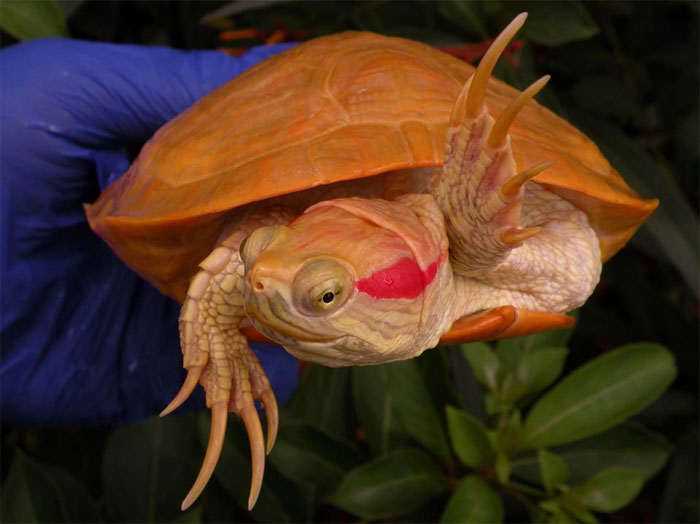
Albino turtles are far more vulnerable to predators because they lack the cover that their natural coloring provides. As a result, their lifetime is shortened, adding to the rarity of their species. Despite their hereditary disadvantage, albino turtles are fortunate in the albino animal world. They survive longer than other albino species due to the protection provided by their hard shell, yet their lifespan is still lower than that of a regular turtle.
Albino turtles are uncommon, yet their shell allows them to live longer than other albino creatures.


